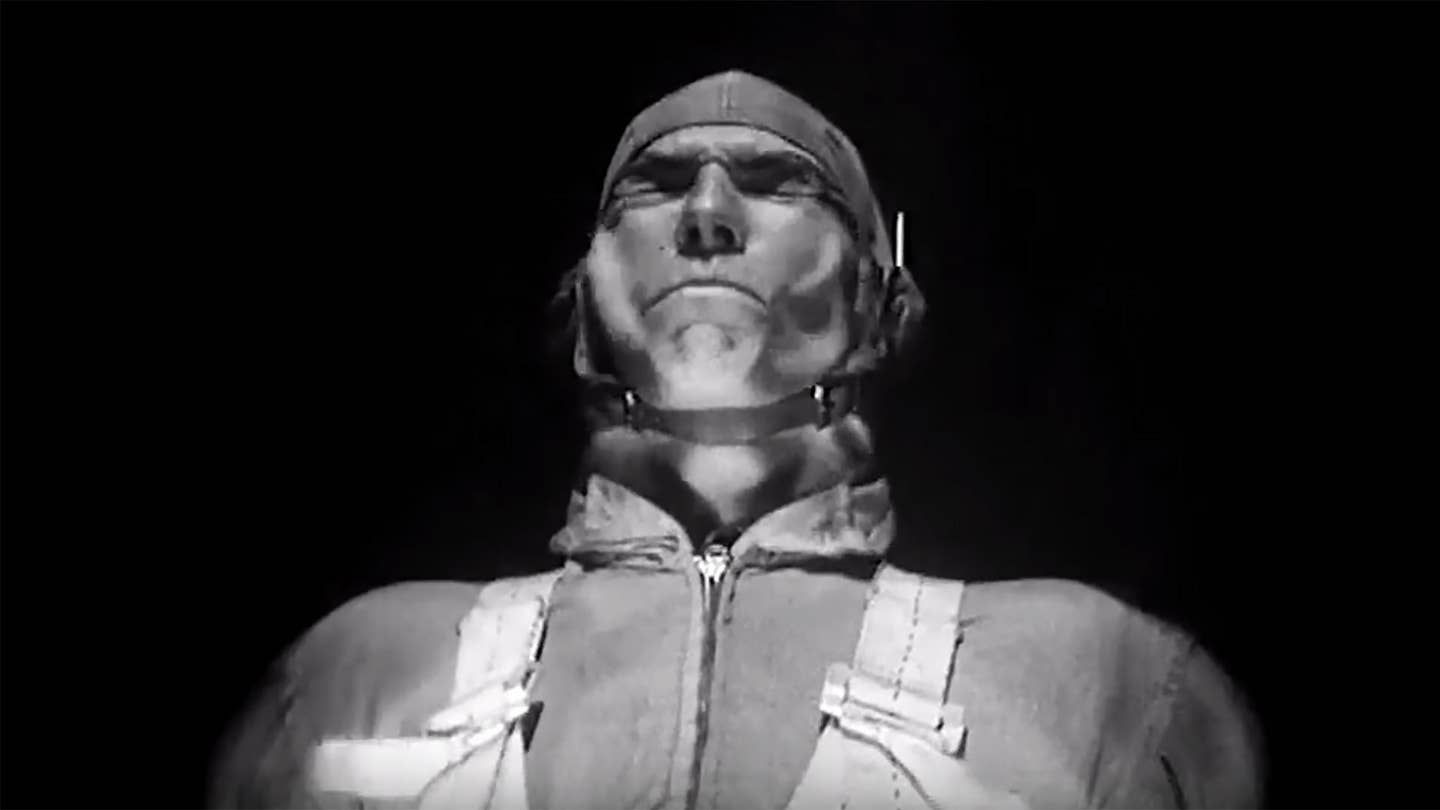Video: What It’s Like Inside a NASA Wind Tunnel at 457 mph
Scientists sure do like to experiment on faces.

During the early thirties, rapid progress in the aeronautical field put a new emphasis on the study of high-speed aerodynamics. It wasn’t long before the U.S. government realized its wind tunnels at the Langley Research Center in Virginia weren’t big—or powerful—enough to keep pace. George W. Lewis, boss of the National Advisory Committee for Aeronautics, called for better facilities; construction of the 8-Foot High Speed Tunnel (HST) was completed in 1936. Cost? Roundabout $36 million, or $520 million in today’s money—a small price for the first continuous-flow, high-speed wind tunnel.
And the HST proved invaluable during WWII. The Lockheed P-38 Lightning fighter tested there; Richard Whitcomb used the tunnel to develop his “area rule,” which revolutionized supersonic design and earned him a Collier Trophy for achievement aviation. The facility was phased out of operation in 1956, just as NASA superseded NACA, but test footage from Langley’s HST is preserved in the U.S. Library of Congress Prelinger Archives. It’s pure gold.
See: This clip from 1946, titled “Human Tolerance to Wind Blasts.” Watch as the test subject, secured in a seat, is pushed into the tunnel at seven different velocities, each incrementally faster than the last. The final blast is an incredible 457 miles per hour. By comparison, Jeremy Clarkson’s Ariel Atom test drive looks serene.

